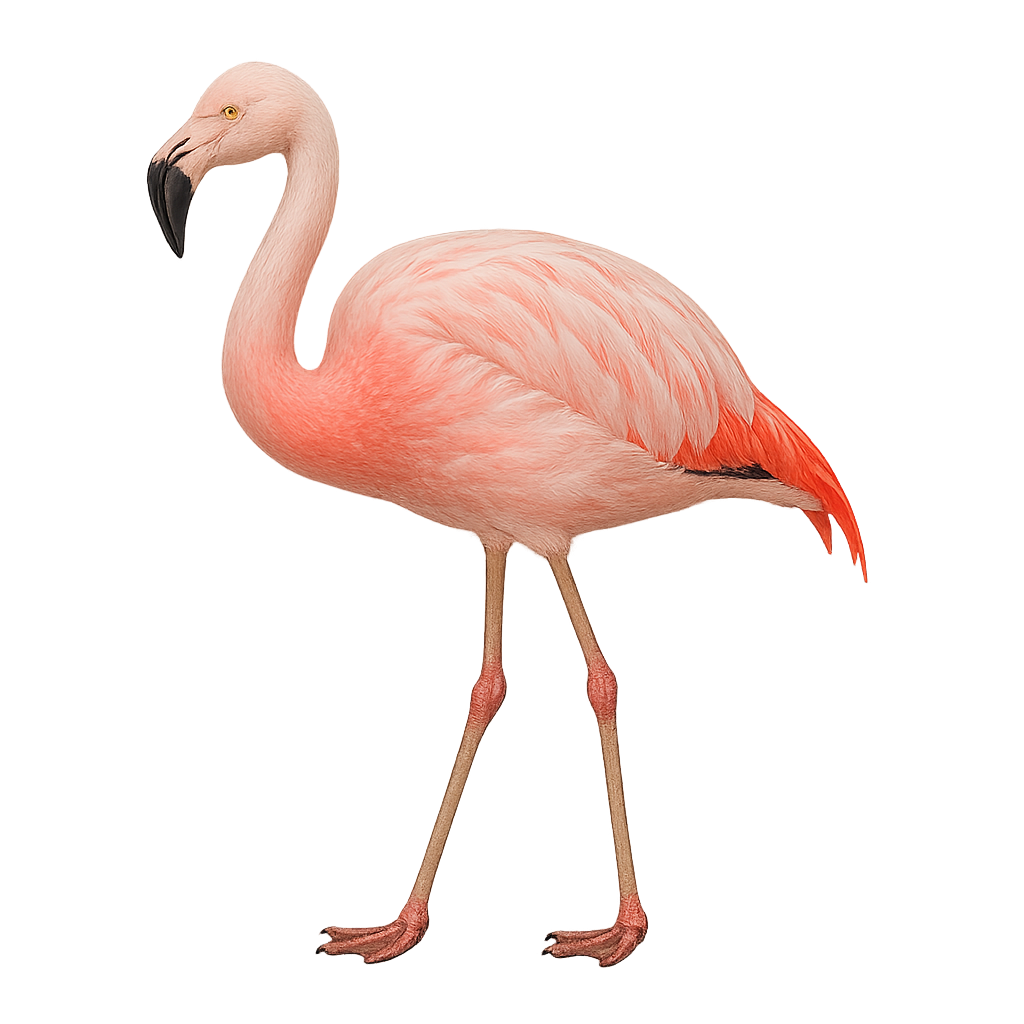Your wildlife photography guide.
Explore the chilean flamingo in detail, study its behavior, prepare your shots.
Where to observe and photograph the chilean flamingo in the wild
Learn where and when to spot the chilean flamingo in the wild, how to identify the species based on distinctive features, and what natural environments it inhabits. The WildlifePhotographer app offers tailored photography tips that reflect the chilean flamingo’s behavior, helping you capture better wildlife images. Explore the full species profile for key information including description, habitat, active periods, and approach techniques.
Chilean Flamingo
Scientific name: Phoenicopterus chilensis

IUCN Status: Near Threatened
Family: PHOENICOPTERIDAE
Group: Birds
Sensitivity to human approach: Suspicious
Minimum approach distance: 10 m
Courtship display: October to December
Incubation: 26-30 jours
Hatchings: November to January
Habitat:
Salt lakes, marshes, lagoons
Activity period :
Primarily active during the day, with peak activity in the morning and late afternoon.
Identification and description:
The Chilean Flamingo, Phoenicopterus chilensis, is a graceful and elegant bird, easily recognizable by its pale pink plumage with brighter shades on the wings. It has a long, sinuous neck and slender legs that allow it to move easily in shallow waters. Its curved beak is adapted for filtering small shrimp and algae, which make up its diet. Found mainly in the wetlands of South America, particularly in Argentina, Chile, and Peru, this sociable bird lives in large colonies, providing protection against predators. The Chilean Flamingo is a fascinating species, both in appearance and in its complex social behaviors.
Recommended lens:
400 mm – adjust based on distance, desired framing (portrait or habitat), and approach conditions.
Photography tips:
To photograph the Chilean Flamingo, it's advisable to use a telephoto lens of at least 400mm to capture detailed images without disturbing the bird. The best photos are often taken early in the morning or late in the afternoon when the light is soft and flattering. Look for angles that highlight the flamingo's pink plumage and social behaviors. Be patient and wait for the bird to strike an interesting pose or interact with its peers.
The WildlifePhotographer App is coming soon!
Be the first to explore the best nature spots, track rutting seasons, log your observations, and observe more wildlife.
Already 1 427 wildlife lovers subscribed worldwide

